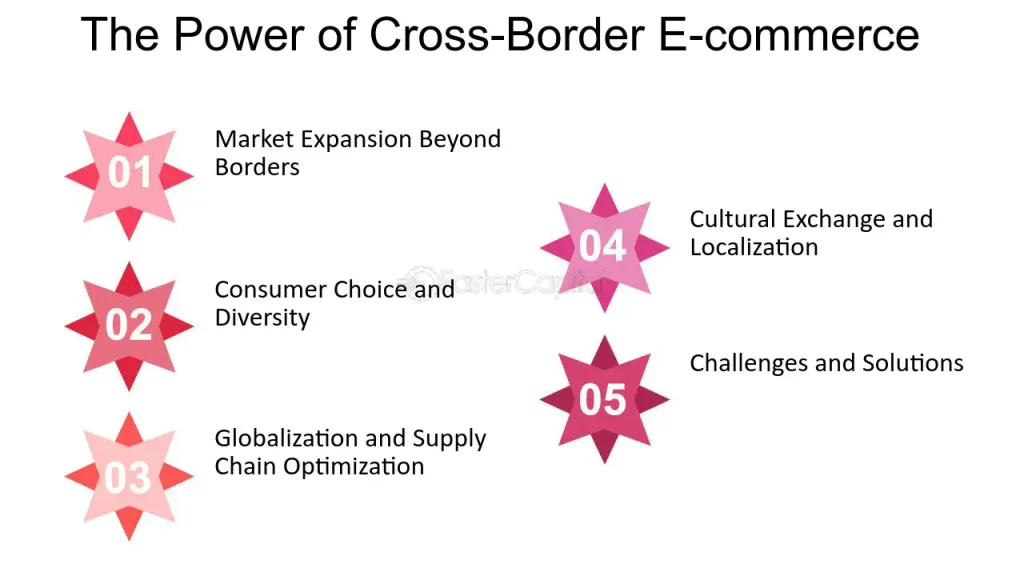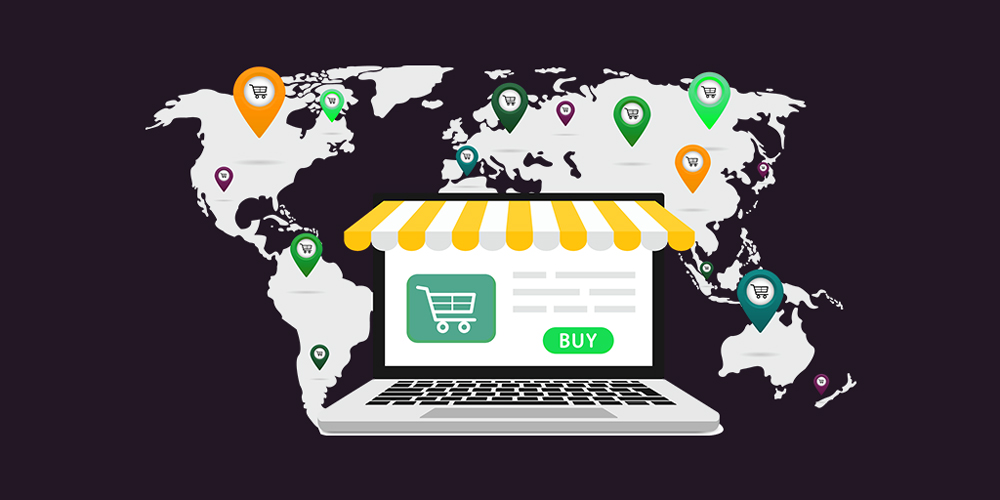Cross-Border E-Commerce: Tapping Into Global Markets
Introduction
In today’s interconnected world, businesses have the unprecedented opportunity to expand their reach and tap into global markets. Cross-border e-commerce, which involves selling products and services across international borders, has become a lucrative avenue for businesses of all sizes. By leveraging the power of digital technology, businesses can overcome geographical barriers and connect with customers around the world.
Table of Contents
- Understanding Cross-Border E-Commerce
- Benefits of Cross-Border E-Commerce
- Challenges of Cross-Border E-Commerce
- Strategies for Successful Cross-Border E-Commerce
- Case Studies of Successful Cross-Border E-Commerce
- The Future of Cross-Border E-Commerce

1. Understanding Cross-Border E-Commerce
Cross-border e-commerce refers to online transactions that occur between buyers and sellers located in different countries. It encompasses a wide range of activities, including online marketplaces, direct-to-consumer (DTC) sales, and business-to-business (B2B) transactions.
2. Benefits of Cross-Border E-Commerce
- Increased Revenue: Expanding into new markets can significantly boost revenue and provide a new source of growth.
- Diversification: Diversifying your customer base can help mitigate risks associated with fluctuations in domestic markets.
- Brand Exposure: Selling products internationally can enhance brand awareness and recognition on a global scale.
- Access to New Markets: Cross-border e-commerce provides access to untapped markets with high growth potential.
3. Challenges of Cross-Border E-Commerce
- Cultural Differences: Understanding cultural nuances and preferences is essential for effective marketing and customer service.
- Language Barriers: Communicating effectively with customers in different languages can be challenging.
- Regulatory Compliance: Businesses must navigate complex regulations and trade agreements in each country they operate in.
- Logistics and Shipping: Managing international shipping, customs clearance, and returns can be complex.
- Payment Methods: Offering a variety of payment options that are accepted in different countries is crucial.
4. Strategies for Successful Cross-Border E-Commerce
- Market Research: Conduct thorough research to identify target markets with high demand for your products or services.
- Localization: Adapt your website, product descriptions, and marketing materials to cater to local preferences and cultural nuances.
- Payment Options: Offer a variety of payment methods, including popular local options, to facilitate transactions.
- Shipping and Logistics: Partner with reliable shipping carriers and customs brokers to ensure efficient and cost-effective delivery.
- Customer Support: Provide excellent customer service in the local language to build trust and loyalty.
- Cross-Border Compliance: Ensure compliance with import/export regulations, taxes, and customs duties.
- Online Marketplaces: Leverage popular online marketplaces like Amazon, eBay, and AliExpress to reach a wider audience.
- Social Media Marketing: Utilize social media platforms to connect with international customers and build brand awareness.
- SEO Optimization: Optimize your website for search engines in your target markets to improve visibility.
- Currency Conversion: Offer multiple currency options to make it easier for customers to purchase your products.
5. Case Studies of Successful Cross-Border E-Commerce
- Shopify: The Canadian e-commerce platform has enabled businesses worldwide to sell online, including many successful cross-border e-commerce ventures.
- Alibaba: The Chinese e-commerce giant has become a global marketplace, connecting businesses and consumers from around the world.
- Patagonia: The outdoor apparel company has successfully expanded into international markets by offering localized experiences and addressing the specific needs of customers in different regions.
6. The Future of Cross-Border E-Commerce
As technology continues to advance and global markets become more interconnected, the opportunities for cross-border e-commerce will only grow. By understanding the challenges and opportunities, businesses can successfully tap into global markets and achieve sustainable growth.





Leave a Reply